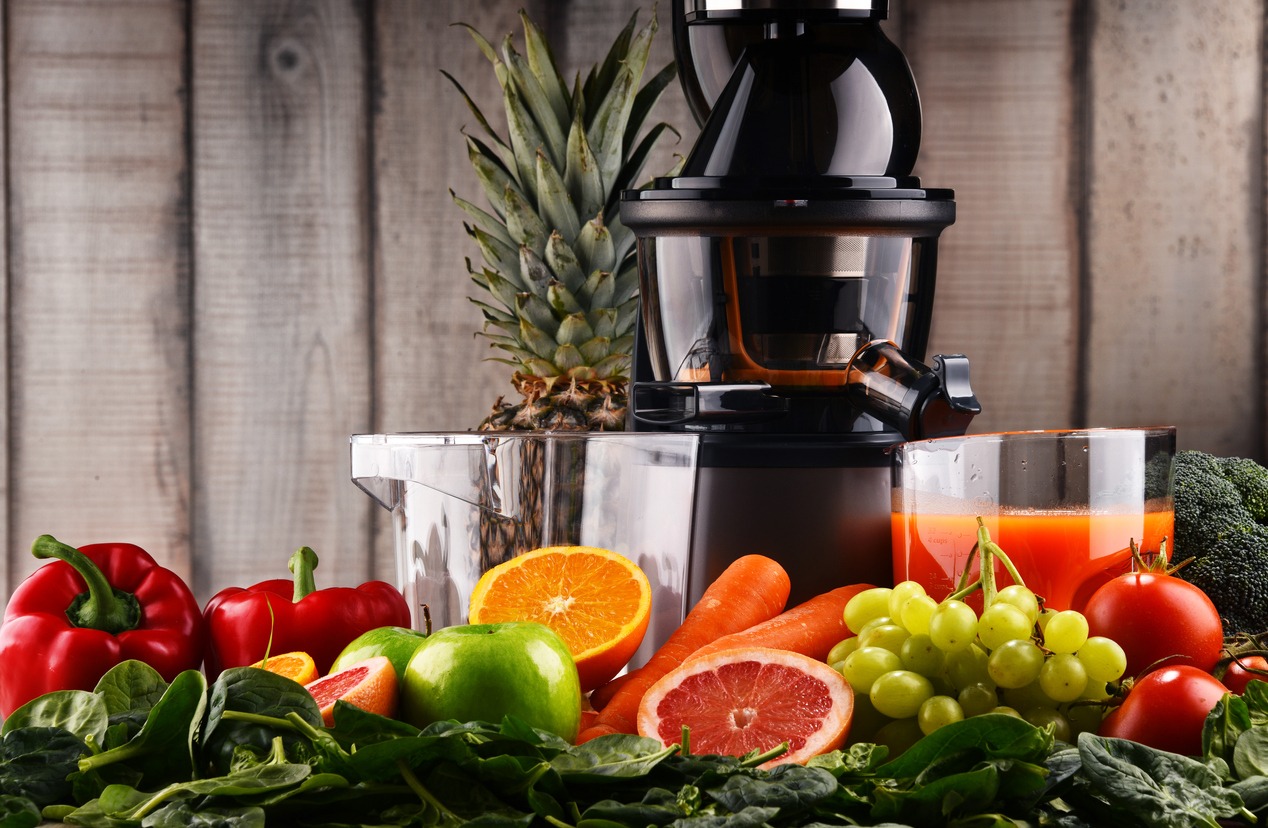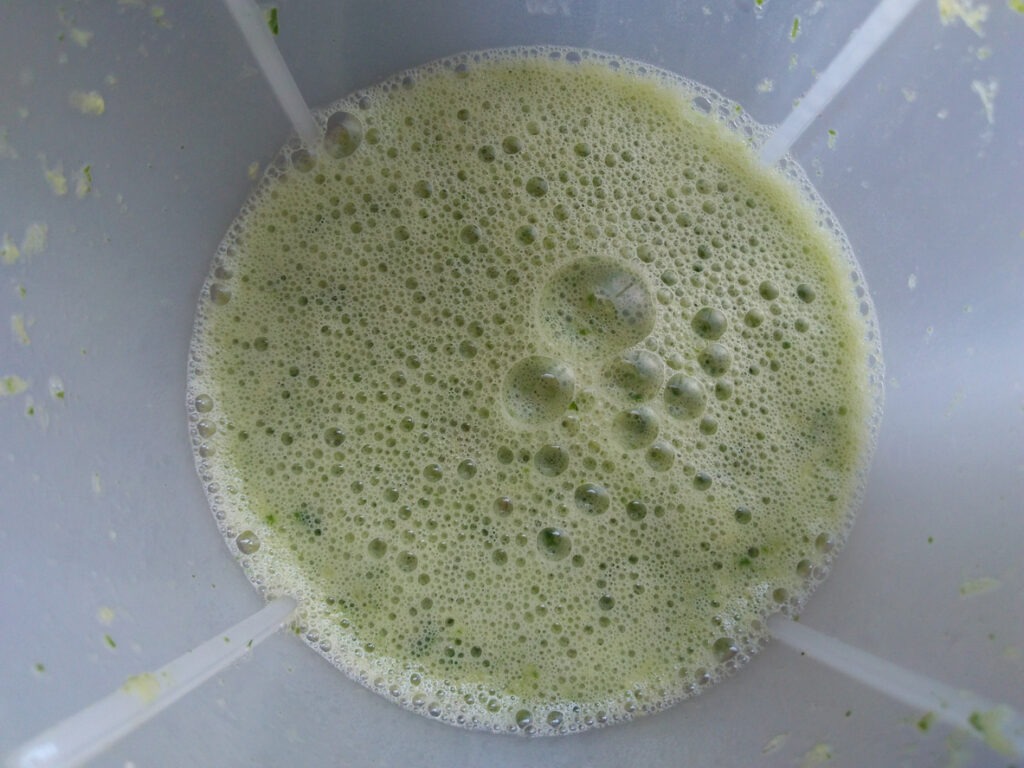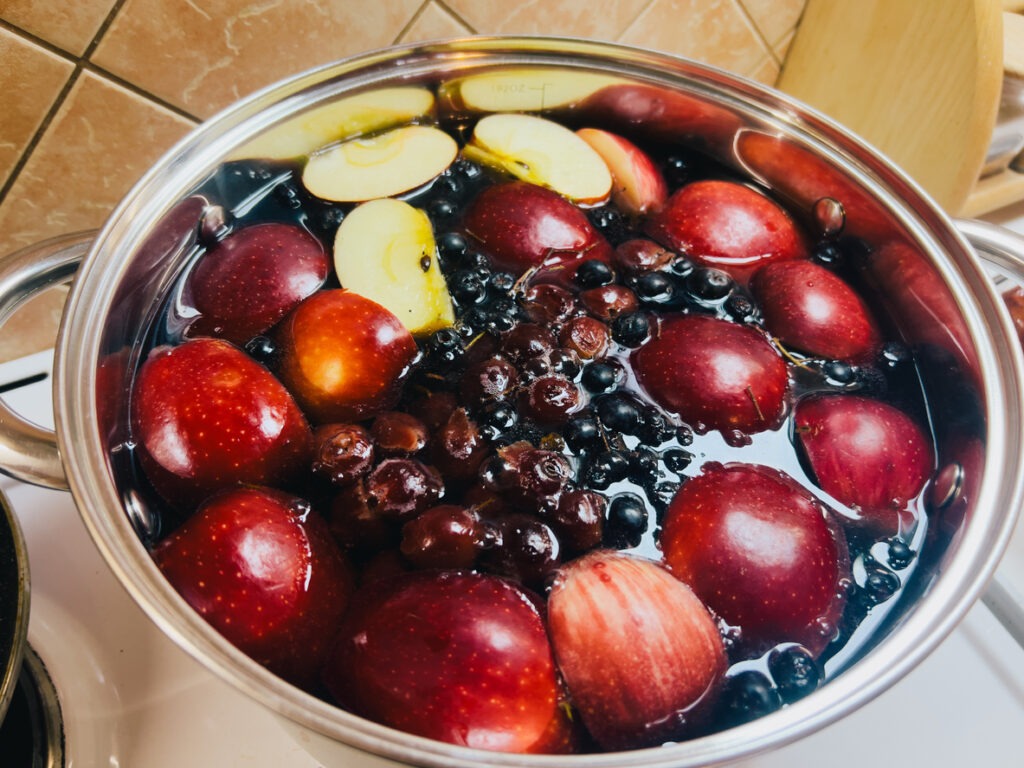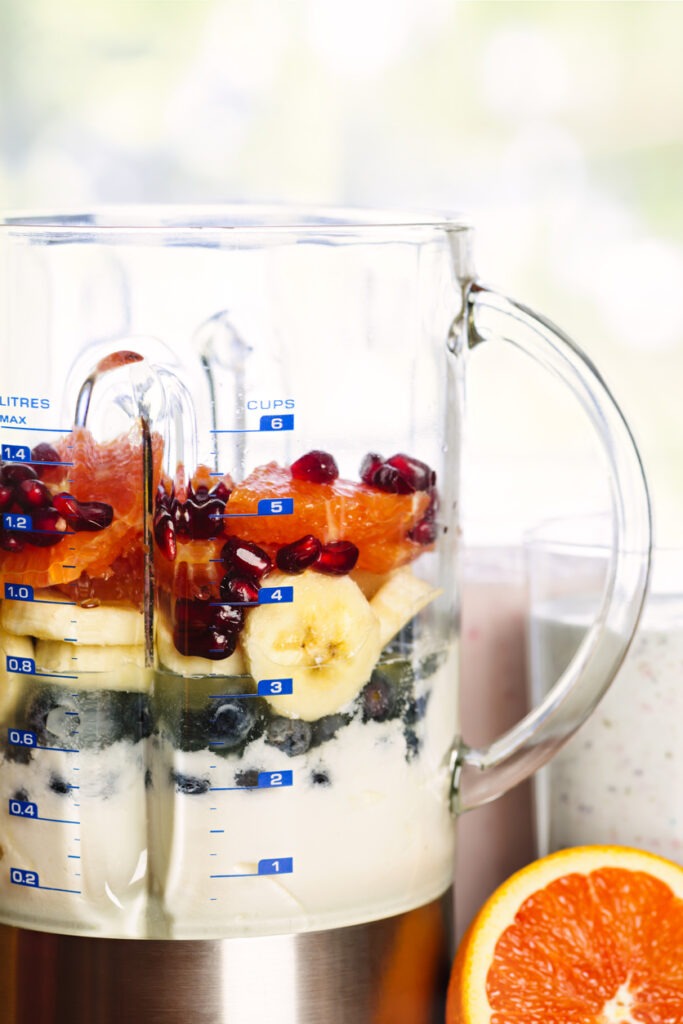In today’s health-focused world, more and more people are thinking about staying healthy and making good choices for their bodies. Juicing has become really popular as a way to easily get lots of good stuff like vitamins and minerals. It’s tasty and convenient, but we should remember that even though juicing has its perks, it doesn’t beat the overall goodness of eating whole vegetables. When we juice, we might lose out on something important – fiber.
Fiber does important things like helping our digestion, keeping our blood sugar steady, and supporting a healthy mix of good bacteria in our stomachs. So, while it’s cool to enjoy the benefits of juicing, it’s smart to also munch on whole veggies.
Alongside the nutritional benefits, concerns arise regarding the potential loss of essential nutrients during the juicing process. This article aims to explore the crucial role of dietary fiber in juicing and provide insights into maintaining fiber intake while enjoying the benefits of fresh juice.
Understanding the Importance of Dietary Fiber
1. The Basics of Dietary Fiber
Before we plunge into the world of juicing, let’s unravel the mystery of dietary fiber. One kind of carbohydrate that can be found in plant-based diets is fiber. Unlike other carbs, it doesn’t break down during digestion, passing through our system relatively intact. There are two main types of fiber – soluble and insoluble – each with its unique set of benefits.
a. Insoluble Fiber
Insoluble fiber, found in cellulose, hemicellulose, and lignins, contributes to stool bulk, regular bowel movements, and a sense of fullness. Despite being mostly removed during juicing, trace amounts remain. This fiber type aids in quick food passage through the digestive tract.
b. Soluble Fiber
Soluble fiber, including pectins, gums, and mucilage, absorbs water, acting as a prebiotic for good bacterial growth. It regulates blood sugar, lowers cholesterol, and slows food transit through the digestive tract. Importantly, soluble fiber perseveres in the juice, offering its myriad benefits.
2. The Role of Fiber in Digestive Health
Dietary fiber plays a crucial role in maintaining a healthy digestive system Constipation is avoided and regular bowel movements are encouraged by the addition of insoluble fiber to the stool. On the other hand, soluble fiber forms a gel-like substance in the gut, helping to regulate blood sugar levels and lower cholesterol.
3. Weight Management and Fiber
For those on a journey to shed a few pounds, fiber is a secret weapon. High-fiber foods are often low in calories but incredibly filling, making you feel satisfied with smaller portions. This can be a game-changer for anyone looking to manage their weight effectively.
4. The Overlooked Connection: Fiber and Immunity
Beyond digestion and weight management, fiber plays a vital role in supporting a robust immune system. A healthy gut, nurtured by an adequate fiber intake, contributes to a stronger defense against infections and illnesses.
The Fiber Conundrum in Fresh Juice Creation
a. Nutrient Loss in Making Fresh Juice
When crafting fresh juice, nutrient loss is a valid concern. Studies reveal that even immediate consumption after extraction doesn’t shield the juice from nutritional losses. Vitamin C, a vital component in fruits, reacts with oxidase, leading to degradation. The high-speed blades used in juicing further contribute to this, resulting in the destruction of 80% of vitamin C in certain vegetables like cucumbers. Additionally, antioxidants, insoluble fibers, and essential minerals may be left in the juice dregs.
b. Preserving Nutrients in Fresh Juice
To counteract nutrient loss, several strategies can be employed:
- Retaining Foam: The foam generated during juice extraction contains enzymes with anti-inflammatory, antibacterial, and immune-boosting properties. Drinking the foam immediately ensures the preservation of these beneficial enzymes.
- Avoiding Aluminum Containers: Aluminum, when introduced to the body, can damage neurons, leading to slow responses and memory loss. Fresh juice and vegetable juice should be stored in containers other than aluminum to prevent potential health risks.
- Hot Water Soaking: Soaking fruits or vegetables in hot water before juicing helps eliminate oxidase and softens tissues, reducing nutrient loss and enhancing juice production, color, and preservation time.
Juicing Wonders – A Concentrated Nutrient Powerhouse
Relevance of Juicing – Fresh juices, in their most concentrated form, boast a rich nutrient profile indicated by the vibrant colors. The removal of insoluble fiber facilitates the rapid assimilation and absorption of essential vitamins, minerals, and phytonutrients across the digestive tract.
Nutrient Delivery System – The absence of insoluble fiber streamlines the nutrient absorption process, making it particularly beneficial for individuals facing challenges in nutrient absorption due to illness, stress, or digestive disorders. The ease with which the body absorbs nutrients in juice form is especially advantageous for those in convalescence.
Maximizing Nutrient Intake – Juicing presents a practical solution to enhance fruit and vegetable intake, promoting overall well-being and reducing the risk of chronic diseases. The removal of indigestible fiber allows for the ingestion of a significant quantity of fresh produce, a feat challenging to achieve through traditional means.
Strategies for Maintaining Fiber Intake During Juicing
Despite the numerous benefits of juicing, maintaining a balance in fiber intake remains crucial. Strategies to enhance fiber content include:
- Utilizing Pulp: While some nutrients are lost in the pulp, a considerable percentage remains in the juice. Various creative ways to use the pulp can be explored, ensuring minimal waste and additional fiber intake.
- Adding Chia Seeds or Psyllium Husks: For those seeking extra fiber during a juice-only Reboot, incorporating chia seeds or psyllium husks before bed in water can be a valuable strategy. This addition complements the health benefits of juicing without compromising its effectiveness.
- Blend, Don’t Extract: Instead of using traditional juicers that extract liquid and discard fiber, opt for blending methods like smoothies. Blending retains the fiber content of fruits and vegetables, ensuring you receive the full spectrum of nutritional benefits.
- Diversify Your Ingredients: Varying the fruits and vegetables in your juices not only enhances flavor but also provides a broader range of nutrients. To optimize the health benefits of your juices, aim for a colorful blend, as different colors correspond to different nutrients.
- Balance Your Juicing Routine: While juicing offers a host of benefits, it’s crucial to strike a balance. Whole foods provide essential fiber that juicing may lack, so incorporate both into your diet to achieve a well-rounded approach to nutrition.
Conclusion
In conclusion, understanding the role of fiber in juicing is pivotal for making informed choices about our dietary habits. By embracing the benefits of fresh juice while incorporating strategies to maintain fiber intake, individuals can optimize their nutrition and overall well-being. Juicing can indeed be a flavorful journey towards a healthier lifestyle, provided we navigate it with awareness and balance.






